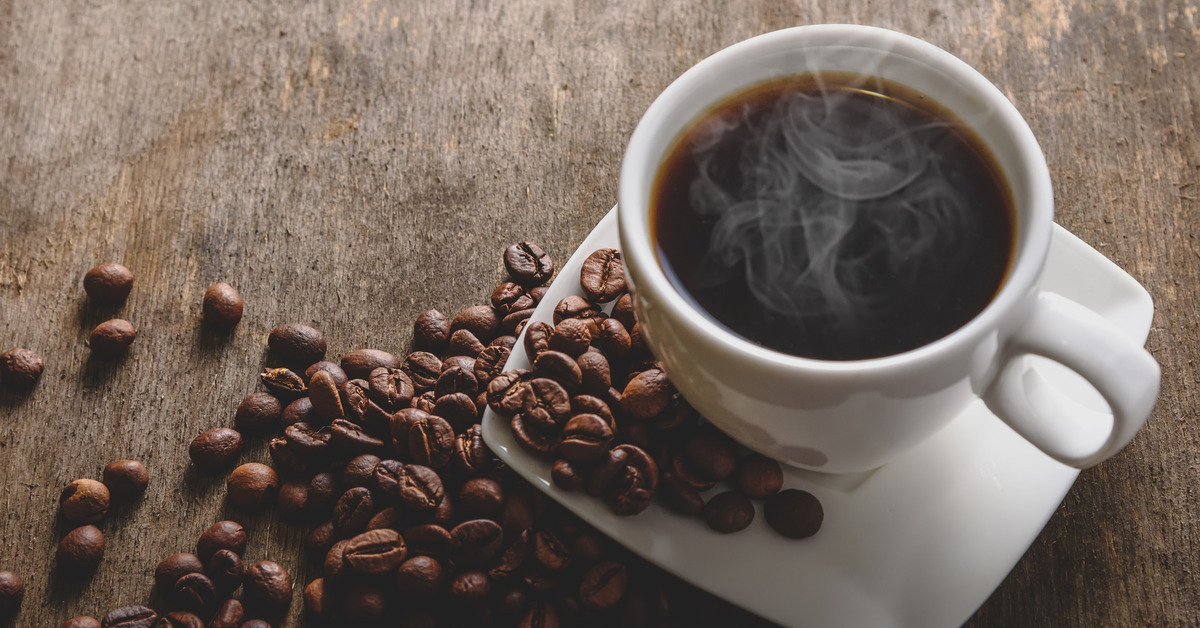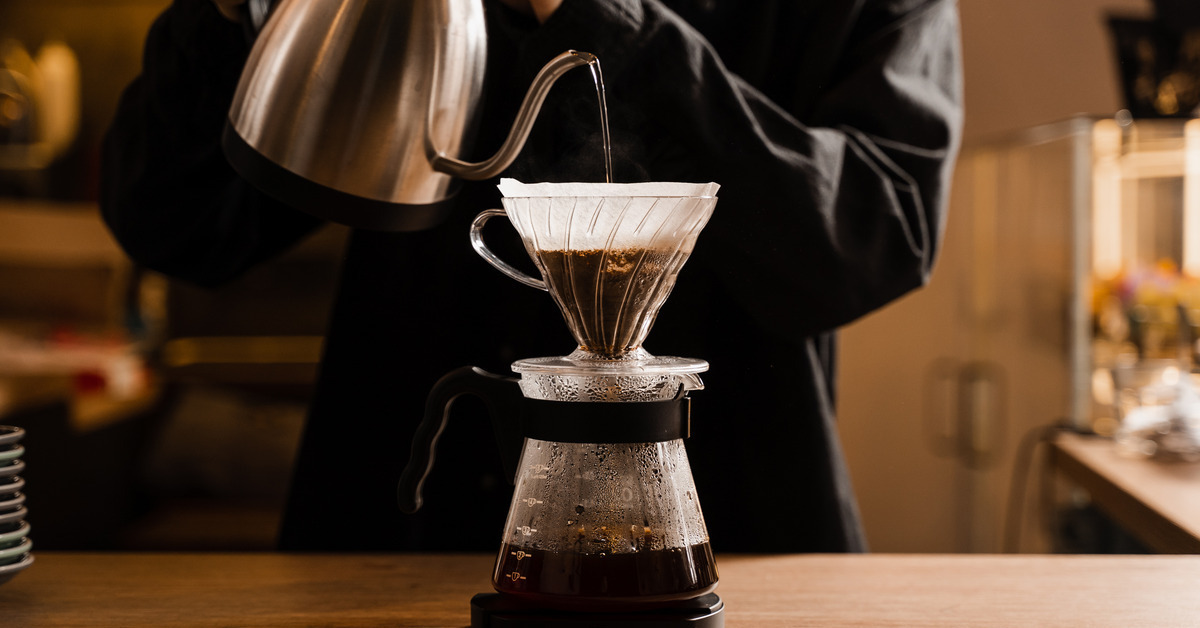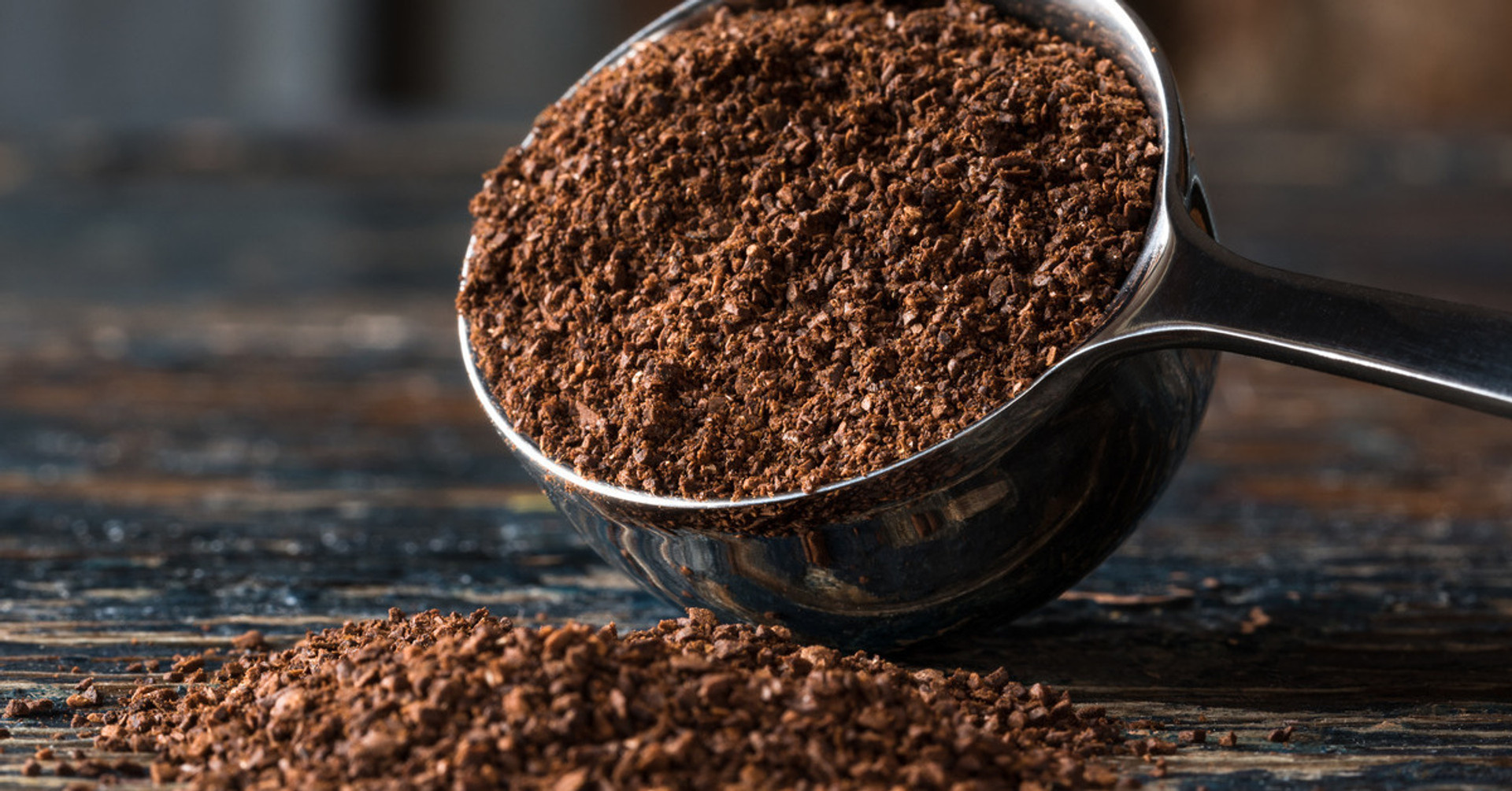How Can You Tell If Your Coffee Is Over-Extracted?
Nothing ruins a beautiful morning like a bitter, lifeless cup of coffee. If you’ve found yourself cringing at your brew and wondering what went wrong, you might be dealing with over-extraction. Read this guide to learn how you can tell if your coffee is over-extracted, what causes it, and how to consistently brew a more balanced, flavorful cup.
What Is Over-Extracted Coffee?
When you brew coffee, water pulls out compounds from the grounds, creating the drink we all adore. These compounds give coffee its flavor, aroma, and texture. However, the extraction process doesn’t pull everything out evenly.
During the coffee brewing process, different compounds are extracted from the coffee grounds by water, each contributing to the flavor, aroma, and texture of the final brew. Initially, the extraction pulls out acids and fruity flavors, resulting in bright and tangy notes that add vibrancy to the coffee. As the extraction continues, sweetness and balance emerge, enhancing the complexity of the brew.
However, if the extraction process goes on for too long, bitter tannins and astringent compounds start to dominate, leading to over-extraction. In this scenario, the brew becomes bitter and dry, lacking the delicate balance of acidity and sweetness that characterizes a well-brewed cup of coffee.
Signs of Over-Extracted Coffee
How do you know if your cup is over-extracted? Here are some telltale signs:
Bitter Taste That Overpowers Everything
Bitter flavors aren’t inherently bad—they can add depth to coffee when balanced. But with over-extraction, bitterness hijacks your palate, leaving no room for any other flavors to shine.

Dry and Astringent Mouthfeel
Does your coffee leave your mouth feeling parched, like you just ate a green banana? That’s a classic indicator of over-extraction, caused by tannins lingering longer than they should.
Overly Dark or Burnt Aftertaste
If your coffee’s aftertaste reminds you of burnt charcoal or overcooked meat, you’re venturing into the realm of over-extraction.
Hollow or Flat Flavor Profile
Over-extracted coffee lacks balance, missing the bright, sweet, and vibrant notes that make a cup of coffee complex and enjoyable.
Syrupy or Sludgy Consistency
When your brew turns thick or syrupy (and not in a delightful way), you may have extracted too much from the grounds, leading to an unbalanced consistency.
What Causes Over-extracted Coffee?
Understanding what leads to over-extraction is your first step toward redemption. Here’s what might be going wrong:
Too Fine of a Grind
If your coffee grounds resemble powdered sugar, they’re likely too fine for your brewing method. Finely ground coffee increases surface area, giving water more opportunity to pull out those unruly bitter compounds.
Brewing Too Long
Brewing coffee is a delicate dance. Too much “water-to-ground time” can result in over-extraction as more undesirable compounds begin to seep into your cup.
Using the Wrong Coffee-to-Water Ratio
Adding too many grounds or using too little water means overly concentrated coffee, where extraction goes haywire. Sound familiar? Adjusting your measurements is often a quick fix.
Water Temperature Is Too High
When water is scalding hot (over 205 degrees Fahrenheit), it can scorch coffee grounds and extract bitter flavors too quickly. Gentle heat is your coffee’s best friend.

The Fixes for Over-Extraction
Good news—you’re not doomed to bitter coffee forever. Take the following steps to steer your coffee brewing into perfect balance:
Dial in Your Grind Size
To brew the perfect cup of coffee, dial in your grind size to match your brewing method. Fine grounds work well for espresso machines, while medium grounds are better for drip coffee makers and pour-overs. Experimenting with different grind sizes can help achieve the desired balance of flavors. If your coffee tastes bitter, try slightly coarsening the grind.
By paying attention to your grind size, you can achieve a well-balanced and flavorful cup of coffee. Don’t be discouraged if your coffee has been bitter in the past. With these simple adjustments, you can enjoy a more enjoyable and satisfying coffee experience.
Shorten Your Brew Time
In addition to grind size, you’ll also need to consider brew time. The general recommendation is 25 to 30 seconds for espresso, three to four minutes for drip coffee makers and pour-overs, and four to five minutes for French presses. These brew times will help you achieve a well-balanced and flavorful cup of coffee.
Fix Your Ratio
Personal preferences may vary when it comes to brew strength, but a good general guideline is to use about 5-6 tablespoons of ground coffee per pot. For the best flavor, use fresh, high-quality coffee beans. To further simplify the process, use Door County Coffee full-pot bags. All you have to do is add the pre-measured 1.5 oz of coffee to 48 ounces of water to make a perfect pot.
Adjust Water Temperature
The perfect brewing temperature is between 195- and 205-degrees Fahrenheit. If you don’t have a thermometer, boil water, then let it sit for 30 seconds before pouring over your coffee grounds.
Choose Fresh, High-Quality Coffee
No matter how great your technique, your coffee won’t taste its best with stale or low-quality beans. Always opt for freshly roasted coffee and store it properly.
Want consistently exceptional beans? Consider buying 8 or 10-oz bags of coffee from Door County Coffee. Our expert-curated blends guarantee your morning brew never disappoints.
Brewing with Confidence
Great coffee is an art as much as a science. Now that you understand how you can tell your coffee is over-extracted and how to fix it, you’re well on your way to becoming a true coffee connoisseur. Tweak your grind size, play with your brewing time, or invest in better beans and savor how those small changes elevate your coffee game.
For coffee that never disappoints your taste buds, check out the expert-curated blends from Door County Coffee. Our handpicked beans take the guesswork out of finding great coffee, so you can focus on perfecting your brew.

